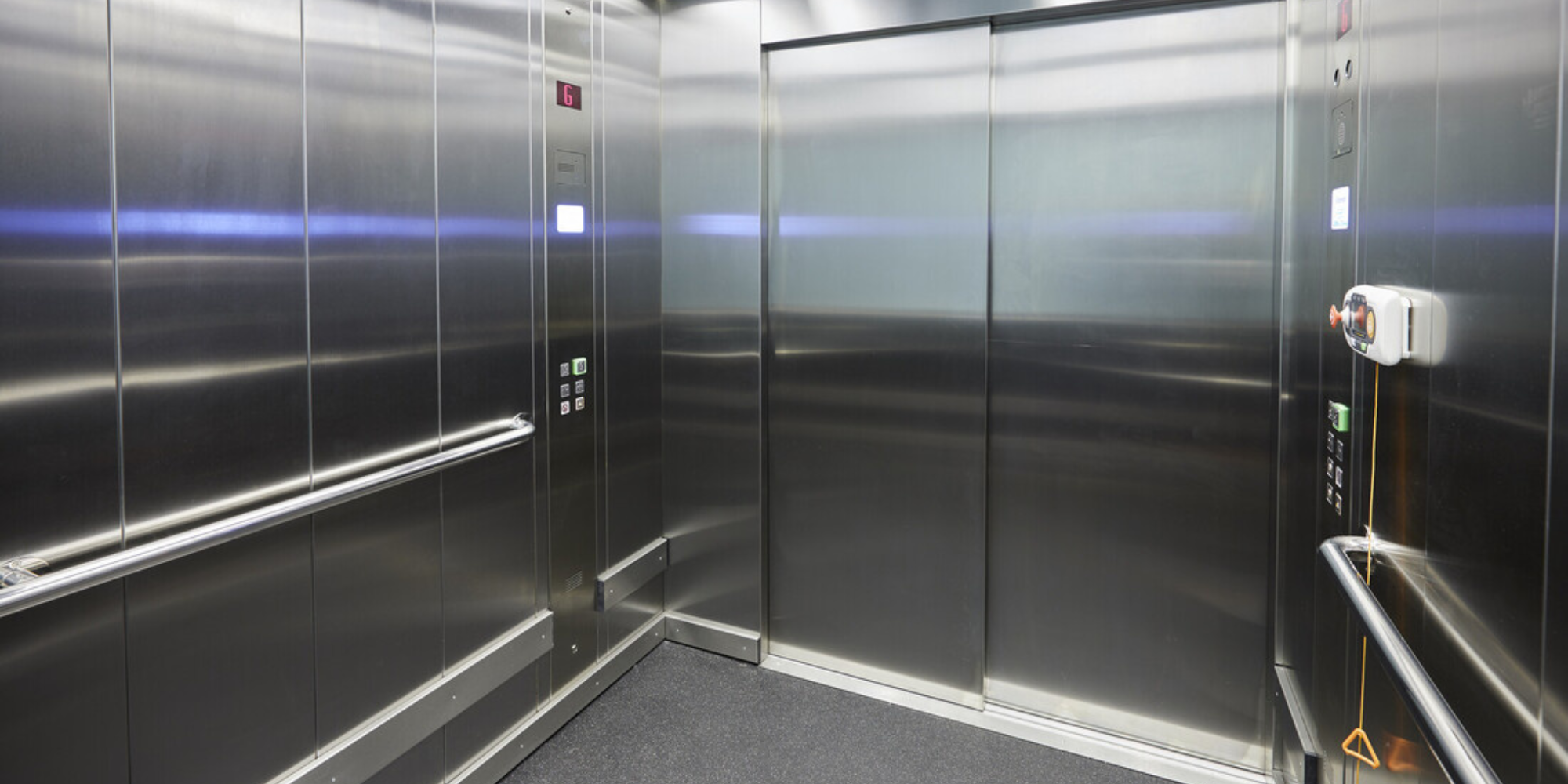We Maintain Lifts to the Highest Standards: Reliable Solution for All Lift Kind
We Maintain Lifts to the Highest Standards: Reliable Solution for All Lift Kind
Blog Article
Diving Into the Globe of Elevators: Usual Problems Encountered by Different Lift Mechanisms
As we navigate with the upright transportation systems of modern structures, lifts stand out as an important part of our daily lives. From hydraulic elevators to traction systems and machine-room-less layouts, each lift kind comes with its set of common problems.
Hydraulic Lifts
Hydraulic lifts, frequently liked for low-rise structures, make use of fluid pressure to control the motion of the lift auto (lift repair companies). This mechanism includes a hydraulic pump pressing oil right into a cyndrical tube, causing the elevator to move in the preferred instructions. While hydraulic lifts are recognized for their smooth and quiet operation, they do include their very own collection of usual issues
One common issue with hydraulic lifts is oil leak. The seals in the hydraulic system can break over time, causing oil seepage. This not only creates a mess yet can likewise impact the lift's efficiency if left unaddressed. Additionally, issues with the control system, such as defective valves or a malfunctioning pump, can cause disturbances in the lift's activity.
Regular upkeep and punctual fixings are necessary to make sure the smooth functioning of hydraulic elevators. By addressing these usual concerns proactively, structure owners can minimize downtime and make certain the safety and security and performance of their upright transport system.
Traction Lifts
When taking into consideration vertical transportation systems in structures, one more common kind besides hydraulic lifts is the grip elevator. Grip elevators run making use of a system of ropes and counterweights that relocate the lift cars and truck by grasping onto the hoist ropes. This mechanism enables smoother and quicker vertical transport contrasted to hydraulic systems.
One of the common problems dealt with by traction lifts is rope wear. The consistent motion of the ropes within the traction system can bring about tear and use in time, potentially causing the lift to malfunction or become unsafe for usage. Routine inspections and maintenance of the ropes are important to ensure the elevator's proper functioning and safety and security.
An additional problem that traction lifts may experience is associated with the control system. Problems with the control system can lead to problems such as irregular motion, hold-ups in feedback times, or also full closures. Normal testing and upkeep of the control system are vital to protect against such problems and make certain the elevator's integrity.
Machine-Room-Less (MRL) Lifts

One of the vital elements of MRL elevators is the portable gearless traction machine that is click to read more mounted within the hoistway. This device efficiently drives the lift car without the demand for large equipment discovered in traditional traction lifts. Furthermore, MRL elevators typically make use of a counterweight system to stabilize the automobile, further improving their energy effectiveness.
Despite their benefits, MRL lifts may deal with obstacles related to repair and maintenance due to the restricted space for devices setup. Ease of access for servicing parts within the shaft can be restricted, requiring specialized training for service technicians. Proper maintenance routines and normal inspections are vital to make certain the continued smooth operation of MRL lifts.
Overloading and Weight Restriction Issues
Are lifts geared up to take care of excess weight tons successfully and safely? Overloading and weight limit issues are vital worries in lift procedures. Lift producers style raises with specific weight capacities to guarantee guest safety and security and tools longevity. Surpassing these weight limitations can cause different problems, consisting of mechanical failings, hold-ups, and safety and security dangers.
When elevators are overloaded, it places too much stress on the motor, cables, and various other elements, potentially see post creating breakdowns or malfunctions. Safety and security systems such as sensors and overload sensing units are in place to protect against lifts from moving if they identify excess weight. Additionally, going beyond weight restrictions can result in increased power consumption and damage on the elevator system.
To minimize overwhelming issues, developing managers need to prominently present weight limitations in lifts and inform owners on the value of sticking to these limitations - lift repair companies. Normal maintenance checks by certified specialists can additionally assist make certain that elevators are running within safe weight specifications. By resolving overloading and weight limitation problems proactively, structure proprietors can enhance lift safety and security and effectiveness
Electric System Failures
Surpassing weight restrictions in elevators can not only cause mechanical concerns but likewise possibly contribute to electrical system failures within the lift framework. Electric system failures are an important concern in elevator operation, as they can trigger unanticipated closures, malfunctions, or perhaps security dangers. One usual electrical issue is the overheating of elements because of too much existing circulation triggered by overloading the elevator beyond its capacity. This can cause damage to the motor, control, or electrical wiring systems, leading to expensive fixings and downtime.
Routine maintenance and examinations are important to identify and attend to potential electric issues without delay, guaranteeing the secure and effective procedure of elevator systems. By sticking to weight limits and carrying out regular electrical system checks, structure proprietors can reduce the threat of electrical failures in lifts.
Conclusion

Hydraulic lifts, frequently preferred for low-rise structures, utilize fluid stress to control the activity of the elevator car.When taking into consideration vertical transport systems in buildings, an additional typical kind aside from hydraulic lifts is the traction lift. Traction elevators run using a system of ropes and weights that move the lift vehicle by clutching onto the hoist ropes. Unlike traditional elevators that need a different device area to house the equipment, MRL lifts incorporate most of the elements within the shaft, removing the need for a committed machine space.In verdict, elevators deal with usual issues such as hydraulic malfunctions, grip system failings, and electrical system issues.
Report this page